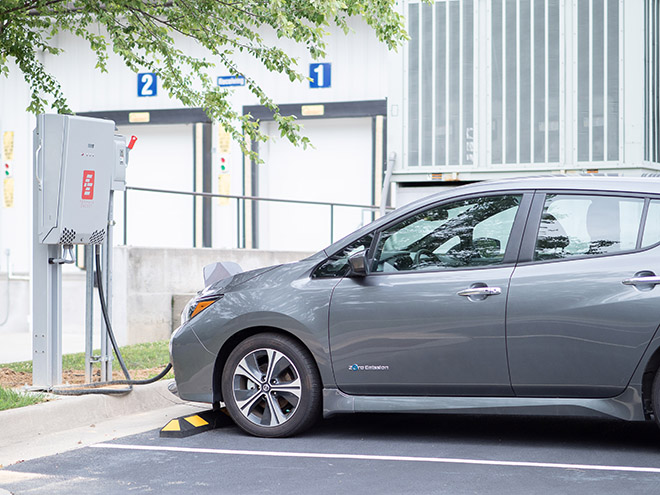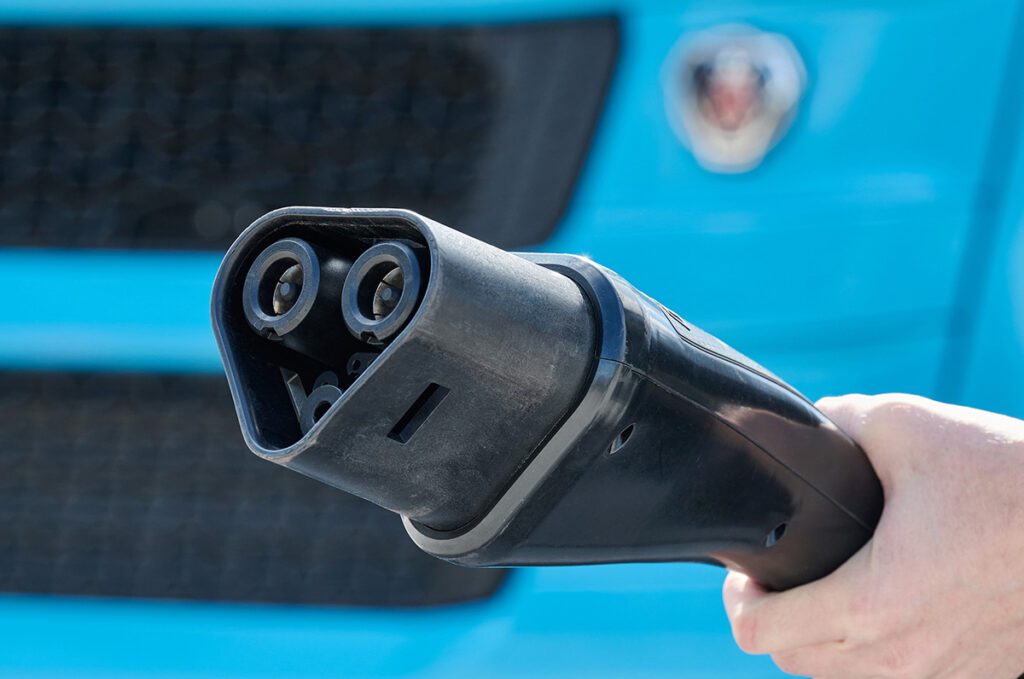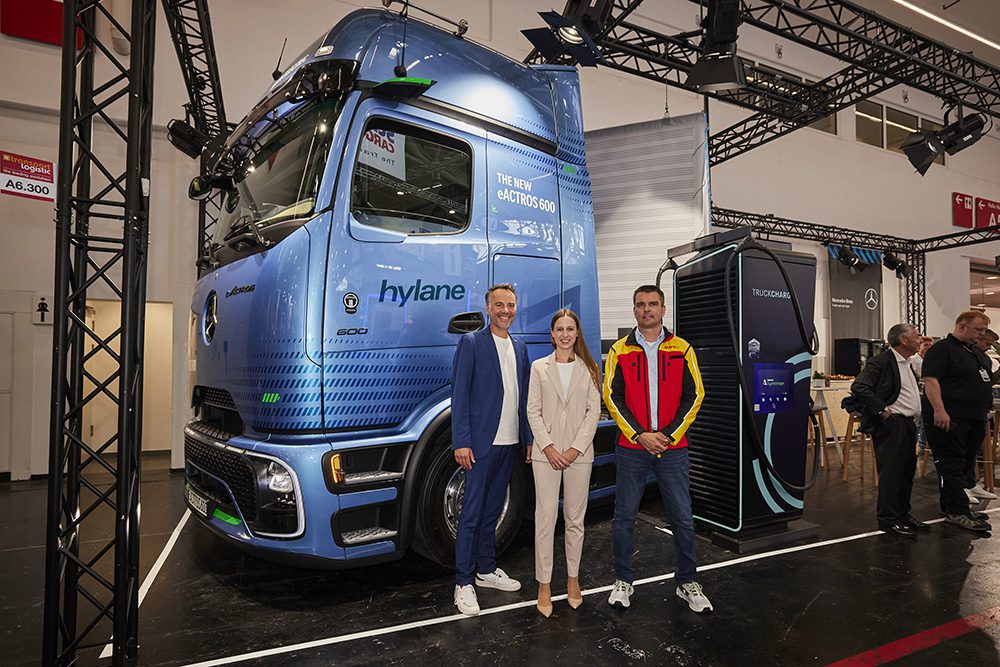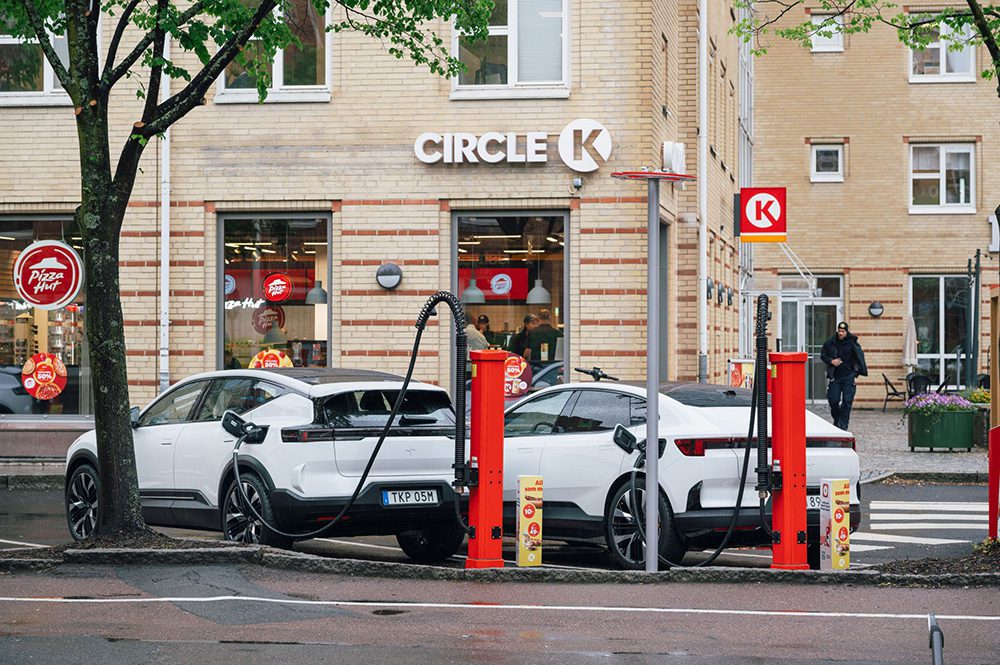Utilities around the country are experimenting with vehicle-to-grid (V2G) systems. Now the New Hampshire Electric Co-op plans to offer its members real-time energy rates that will allow them to earn revenue from their EVs and battery storage devices.
The co-op plans to offer members a “transactive energy rate” as soon as the end of this year. This will enable members to supply energy to the utility at peak demand times, and charge their batteries at times of low demand—and low prices.
“We recognize that members can provide the resources that we need through their distributed energy resources,” said Brian Callnan, VP of Power Resources and Access. “We need to create a system that allows them to participate.”
As the Energy News Network reports, the co-op will send pricing signals over the internet, showing the price of energy during every hour of the following day—the transactive energy rate. As Callnan explains, customers may choose to use that pricing signal to pre-determine their charging—or discharging—behavior. They may simply limit their energy usage during peak hours, saving money on their bill; or they may use bidirectional charging technology to discharge power to the grid during those peak hours, and receive a credit at the transactive rate.
The co-op has partnered with Plymouth State University to test the application of the new rate structure, and the results so far have been promising. Plymouth State has two LEAFs hooked up to bidirectional chargers. Software connected to the chargers receives price signals from the co-op every day around 4 pm, and based on that pricing, automatically sends charging and discharging signals to the chargers for the next day.
The cars can charge in the middle of the night, when demand is low and energy is cheaper, then discharge energy from their batteries during the evening peak demand period. The energy discharged first flows onto the university’s own electric distribution system, which helps cut its energy costs and reduces building load. Any excess goes to the grid.
Results after the first 30 days suggest that each car will return around $4,000 to the university annually, Callnan said.
The charging technology was developed by Fermata Energy, which was founded by David Slutzky. “Electric vehicles are key to stabilizing the grid,” Slutzky told the Energy News Network. “The Nissan LEAF became bidirectional in 2013, and there are a couple hundred thousand out there. Just that group of vehicles has about as much storage under the hood as the entire stationary storage industry.”
The LEAF is one of the few EVs that currently have bidirectional charging capability, but it will soon be joined by many other models, including Ford’s F-150 Lightning electric pickup. “Everybody’s going bidirectional because they realize they have to,” Slutzky said. “The vehicles will be much more cost-effective, and they won’t be creating problems for the grid.”
Source: Energy News Network










































































































